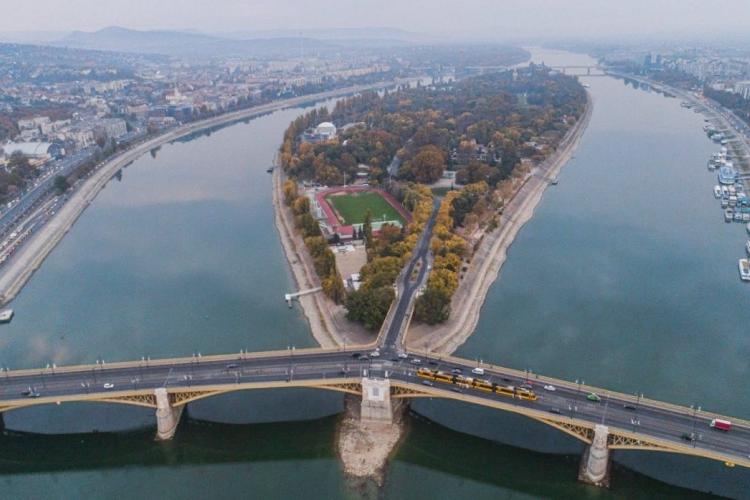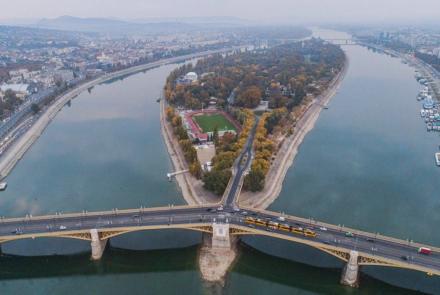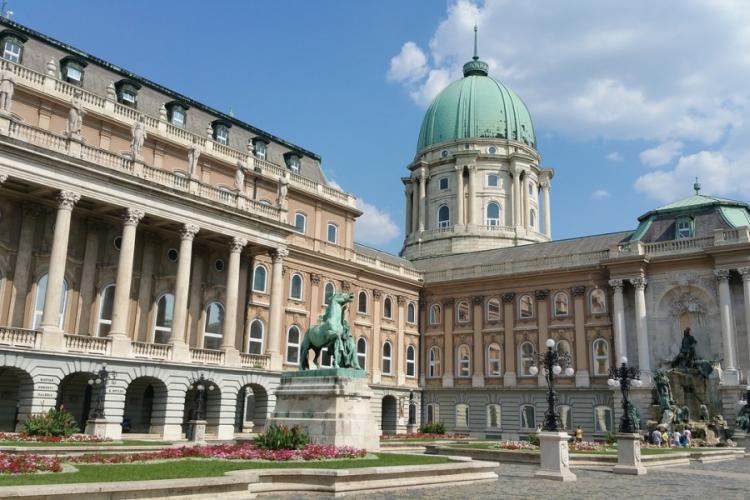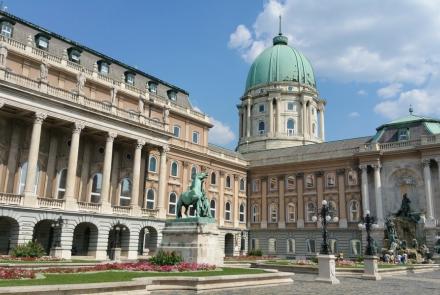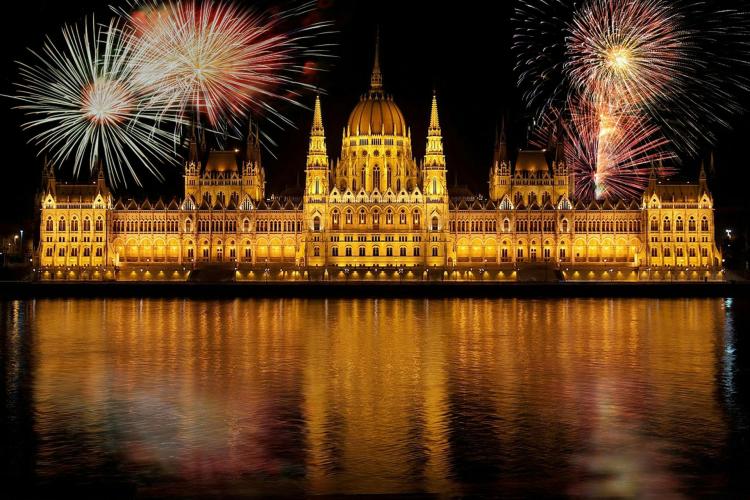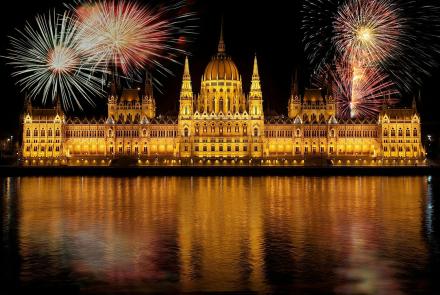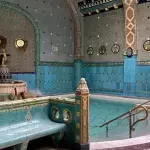Visiting Óbuda Gas Works is an Invitation to Travel through Time
In the early 1900s, Budapest's demand for gas was increasing, prompting the city to decide on the construction of a new gas factory in Óbuda, which was still on the outskirts of the city at the time. The design was completed within two years, and construction of the Óbuda Gas Works began in 1910. The factory was handed over in 1914, and so-called 'city gas' was produced here. This was produced by coking black coal, i.e. heating it in an oxygen-deprived environment. The resulting gases were collected, cleaned and measured before being sent to storage facilities and the city network.
The gas factory was a complex of ultra-modern industrial buildings, but they also thought about the workers. They were not only given housing estates, but a whole separate city district was built for them, complete with schools, shops and community rooms. There was even a theatre! Over 120 years later, the factory buildings closed, but we can still admire the spirit of modernisation of that era.
A visit to the gas works
We had the opportunity to visit three buildings of the gas works on an organized tour, which was a great experience. We started in the Clock House, a building with a real industrial atmosphere. It is currently used for photography and film shoots. Next, we went to the water tower, which is about the same height as a ten-storey building. There is no elevator, so you have to climb up, but the fantastic view from the top makes it worthwhile!
Finally, we were able to explore the so-called tar towers, which some say resemble a Turkish bath and others a church or cathedral. It is worth experimenting with the way sound propagates in the pools: stand in the middle and shout, then ask those standing on the edge of the pool what they heard. You will be surprised by the answer.
From gas works to historical landmarks
By the 1980s, the gas plant's equipment was worn out and in need of major renovation. However, the arrival of piped natural gas rendered the production of city gas unnecessary, resulting in the cessation of gas production in 1984. For the next 20 years, employees of the Budapest Gas Works only performed administrative work here. Then, in 2004, the area was transferred to the capital. The industrial buildings were renovated in 2014 and declared protected historical landmarks.
The area was landscaped and, from 1998 onwards, Graphisoft Park began to expand, attracting companies such as Microsoft, SAP and Swicon Zrt., as well as the campus of the IBS International Business School.
If you're interested in seeing how the modernity of Graphisoft Park (some even call it the Hungarian Silicon Valley) blends with the historical charm of the beautifully renovated gas factory, it's definitely worth taking a walk there or joining a guided tour. You could also cycle there before or after spending an enjoyable afternoon at Római-part (Roman Beach).
Article and photos by Mia Balogh
Cikkek
If you're visiting Budapest in June, don't miss one of the most vibrant cultural events of







